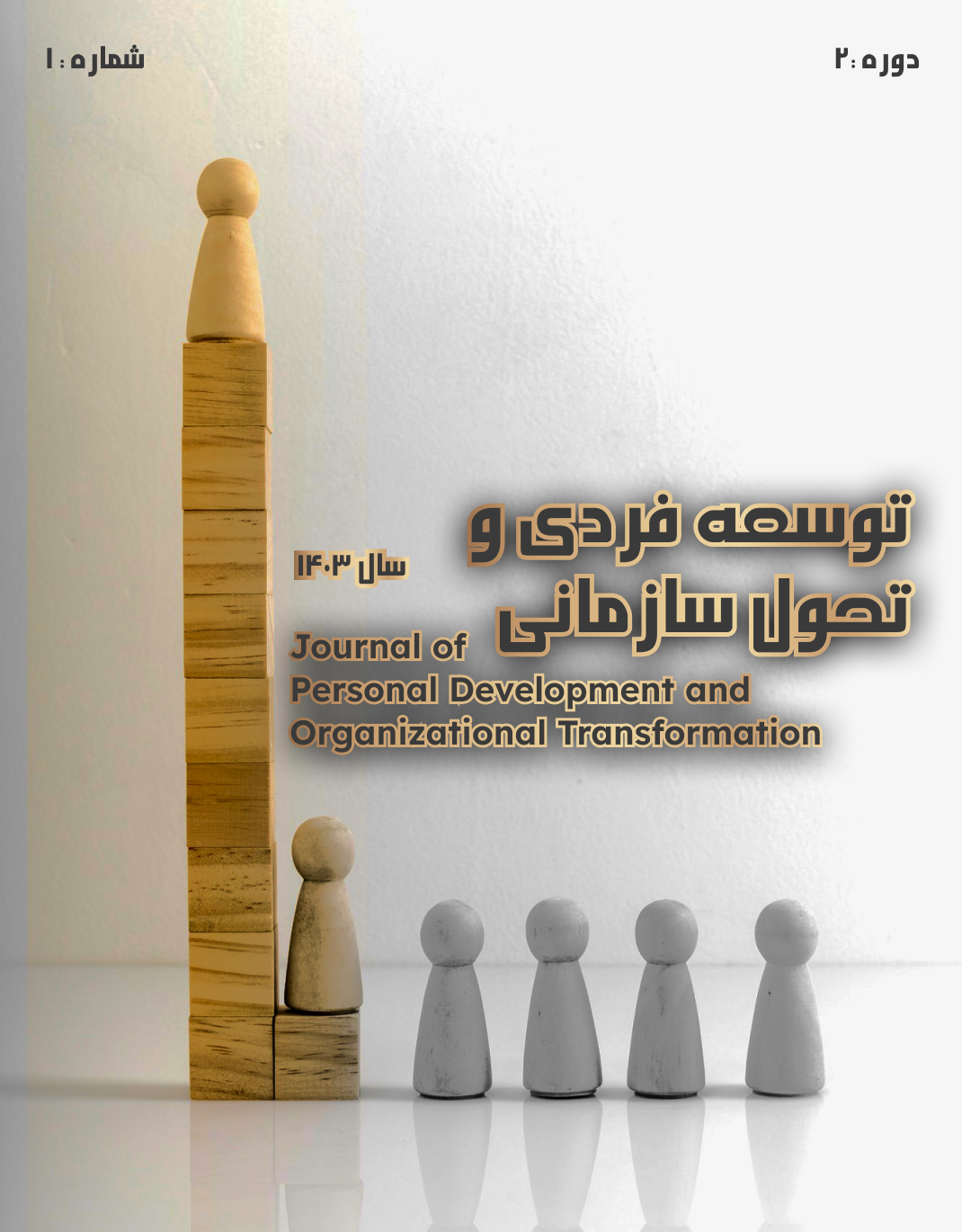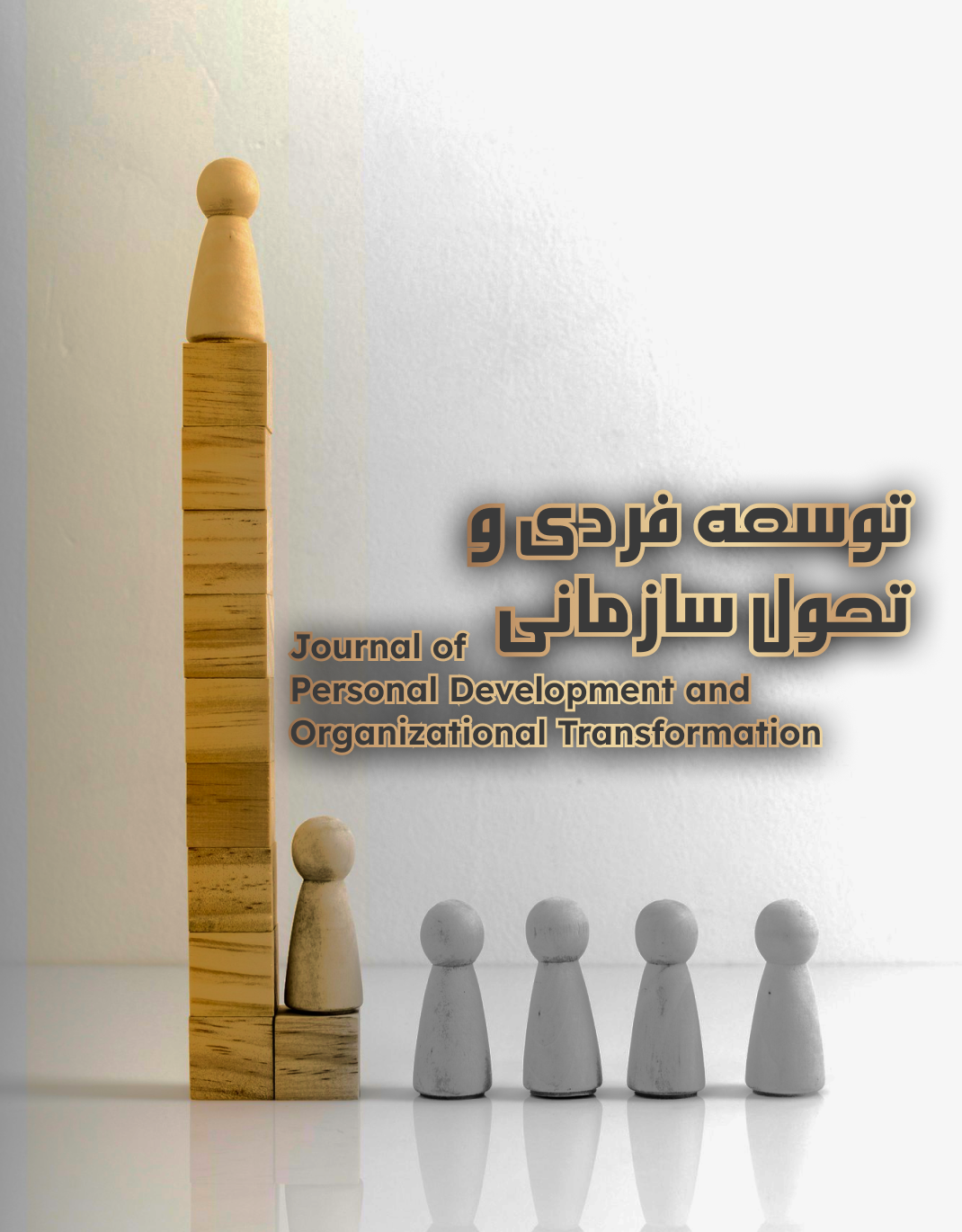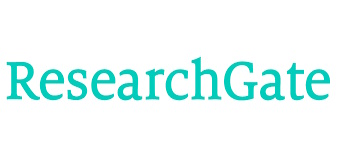The relationship between organizational trauma and organizational uncivilization with the mediating role of organizational anomie
Keywords:
Organizational trauma, organizational anomie, organizational uncivilizationAbstract
The aim of this study was to explain the relationship between organizational trauma and organizational anarchy with the mediating role of organizational anomie. The research was descriptive and correlational in terms of purpose, application, and research method. The statistical population included all teachers in secondary schools in Mashhad. Using a stratified random sampling method, 385 teachers were selected. The research tools were a researcher-made organizational trauma questionnaire and organizational anomie questionnaires by Lara and Rodriguez (2007) and organizational anarchy questionnaires by Martin and Hein (2005). The face and content validity of the quantitative instrument were confirmed by several professors. The reliability of the questionnaires was calculated with Cronbach's alpha as 0.962, 0.875, and 0.981, respectively. The data were analyzed with SPSS and Amos software. The results showed that organizational trauma directly and indirectly affects organizational anarchy through increasing organizational anomie.
Downloads
References
Abugabel, A. H. A. S. (2023). The Mediating Role of Organizational Anomie in the Relationship between Toxic Leadership and Counterproductive Work Behaviors: An Empirical Study. 4(2), 207-263. https://doi.org/10.21608/cfdj.2023.289004
Amraei, F., Mousavi, S. N., Sepahvand, R., & Nazarpouri, A. H. (2022). A Sociological Analysis of the Antecedents and Consequences of Organizational Anomie. Social Capital Management Quarterly, 9(1), 49-76. https://jscm.ut.ac.ir/article_81680.html?lang=fa
Bayati, B., Soleimani, M., & Ahmadi, S. (2022). The Effect of Anomie Conditions on Hypocritical Behavior with the Mediating Role of Shirking and Social Abrasion of Human Resources in the Sports and Recreation Organization of Tehran Municipality. Iranian Political Sociology, 5(7), 412-429. https://www.noormags.ir/view/en/articlepage/1998105/
Clark, C. (2008). Student perspectives on faculty incivility in nursing education: An application of the concept of rankism. Nursing Outlook, 56(1), 4-8. https://doi.org/10.1016/j.outlook.2007.08.003
Deklerk, M., & Sasol, M. (2007). Healing emotional trauma in organization .an O.D. framework and case study; organization development journal. ABI/INFORM Global, 25(2). https://www.researchgate.net/profile/Mias-De-Klerk/publication/285875563_Healing_emotional_trauma_in_organizations_An_OD_framework_and_case_study/links/56692f3708ae9da364ba0515/Healing-emotional-trauma-in-organizations-An-OD-framework-and-case-study.pdf
Fathi Chegeni, F. (2024). Investigating Organizational Anomie and Deviant Employee Behaviors in the Workplace, Explaining the Mediating Role of Social Capital in Government Organizations. Scientific Journal. https://jscm.ut.ac.ir/article_96908.html
Gadi, P. D., Rena, N. M., & Ngyak, G. M. (2022). Workplace incivility and intention to quit among Civil Servants. The moderating role of gender. GATR-Global Journal of Business and Social Science Review, 10(2), 104-113. https://doi.org/10.35609/gjbssr.2022.10.2(4)
Gallo, V. J. (2012). Incivility in nursing education: A review of the literature. Teaching and Learning in Nursing, 7(2), 62-66. https://doi.org/10.1016/j.teln.2011.11.006
Ghafouri, K., Hoveida, R., Rajaeipour, S., & Siadat, S. A. (2022). Identifying the Factors Creating Organizational Trauma in Elementary School Teachers. Educational Innovations, 21(83), 69-100. https://www.noavaryedu.oerp.ir/article_157865.html
Gilbreath, B. A., & Pearson, C. M. (2005). The relationship between organizational incivility and organizational anomie of Business Ethics. 58(4), 343-357.
Hoang Nguyen Tran, Q. (2023). Workplace incivility and its demographic characteristics: A cross-cultural comparison between chinese and vietnamese working adults. Sage Open, 13(3), 21582440231184858. https://doi.org/10.1177/21582440231184858
Johnson, J. L., Martin, K. D., & Saini, A. (2011). Strategic Culture and Environmental Dimensions8as Determinants of Anomie in Publicly-Traded and Privately-Held Firms. Business Ethics Quarterly, 21(3), 473-502. https://doi.org/10.5840/beq201121327
Kearney, K. R. (2023). Municipal employee reactions to city council incivility: An exploratory data analysis. https://search.proquest.com/openview/d1d0c9658dd53a7e70d63f19e5023351/1?pq-origsite=gscholar&cbl=18750&diss=y
Koulivand, P., & Sarlak, M. A. (2015). Factors Creating Organizational Trauma in Private Hospitals and Strategies to Reduce It: A Case Study of Khatam Al-Anbia Hospital. Public Organizations Management, 4(1), 109-120. https://ipom.journals.pnu.ac.ir/article_2642_0.html?lang=fa
Lara, P. Z. M. D., & Rodriguez, T. F. E. (2007). Organizational anomie as moderator of the relationship between an unfavorable attitudinal environment and citizenship behavior (OCB): An empirical study among university administration and services personnel. Personnel Review, 36(6), 843-866. https://doi.org/10.1108/00483480710822391
Manzoor, M. T., Manzoor, T., & Khan, M. (2020). Workplace incivility: A cynicism booster leading to turnover intentions. DECISION, 47(1), 91-99. https://doi.org/10.1007/s40622-020-00238-6
Martin, R. J., & Hine, D. W. (2005). Development and validation of the uncivil workplace behavior questionnaire. Journal of occupational health psychology, 10(4), 477-490. https://doi.org/10.1037/1076-8998.10.4.477
Mazloumi, N., Salehi Sedghiani, J., & Sefidchian, S. (2017). A Model of Organizational Anomie and Its Contributing Factors. Organizational Behavior Studies, 6(4), 103-107. https://obs.sinaweb.net/article_30322.html
Mirzaaghaei Kiakolaei, M., Rajaeepour, S., & Shaveran, S. H. (2024). Organizational Incivility in Universities: Factors and Solutions. Management and Planning in Educational Systems, 17(1), 99-130. https://mpes.sbu.ac.ir/article_104424.html
Mohammadi, S., Feizi Zangir, M., Rouhi Eisaloo, M., Hassanzadeh Mahmoud Abad, M., & Ebrahimpour, H. (2022). Designing a Model of the Role of Strategic Human Resource Management in Reducing Organizational Anomie in Iranian Higher Education. Leadership and Educational Management Quarterly, 16(1), 135-165. https://www.noormags.ir/view/en/articlepage/2033042
Moore, J. (2012). A challenge for social studies educators: Increasing civility in schools and society by modeling civic virtues. The Social Studies, 103(4), 140-148. https://doi.org/10.1080/00377996.2011.596860
Morshedi Tonkaboni, M. H. (2021). Investigating the Relationship between Deviant Employee Behaviors and Organizational Trauma. Journal of Educational Studies NAMA, 17(9), 44-52. https://nama.ajaums.ac.ir/article-1-368-fa.html
Mousapour, N. (2016). Fundamentals of Secondary Education Planning. Astan Quds Razavi Publications. https://journals.iau.ir/article_667903.html
Mousavi, S. N., Shariat Nejad, A., & Aref Nejad, M. (2016). Identification and Prioritization of Factors Creating Organizational Anomie Using Fuzzy Delphi Technique. Public Organizations Management, 4(4), 115-130. https://journals.pnu.ac.ir/article_3328.html
Okeke, C., & Mtyuda, P. N. (2017). Teacher job Dissatisfication: implications for Teacher Sustaiability and Transformation. Journal of Teacher Education for Sustainability, 19(1), 54-68. https://doi.org/10.1515/jtes-2017-0004
Pandey, S., Singh, M., & Pandey, S. (2023). Incivility in hybrid workplaces: Setting agenda for future research. Journal of Management & Marketing Review (JMMR), 8(1), 17-27. https://doi.org/10.35609/jmmr.2023.8.1(3)
Petrova, K., & Spatenka, J. A. N. (2022). The denison organizational culture survey (docs): empirical review of a digital organizational cultures' effectiveness. AD ALTA: Journal of Interdisciplinary Research, 12(2), 198-203. https://doi.org/10.33543/1202198203
Porath, C., & Pearson, C. (2014). The price of incivility: Lack of respect hurts morale and the bottom line. Harvard business review, 91(1-2), 115-121. https://www.tandfonline.com/doi/full/10.1080/1331677X.2018.1442234
Rahimi, H., & Aghababaei, R. (2019). The Impact of Organizational Trauma on Employees' Ethical Behavior and Work Conscience: The Moderating Role of Organizational Culture. Human Resource Studies, 9(4), 77-102. https://www.jhrs.ir/&url=http:/www.jhrs.ir/article_104221.html?lang=fa
Rahmani, E., & Ghanbari, S. (2022). The Role of Toxic Leadership in Creating Organizational Trauma with the Mediation of Hypocritical Behavior. Research in Educational Systems, 16(58), 20-34. https://www.jiera.ir/article_167788.html
Safi, A. (2019). One Hundred Years of Teacher Training in Iran: Opportunities, Threats, and Future Prospects. Education and Training Quarterly, 2(35), 84-106. https://qjoe.ir/browse.php?a_id=1811&sid=1&slc_lang=en
Sliter, M., Jex, S., Wolford, K., & McInnerney, J. (2010). How rude! Emotional labor as a mediator between customer incivility and employee outcomes. Journal of occupational health psychology, 15(4), 468-481. https://doi.org/10.1037/a0020723
Tricahyadinata, I., Hendryadi, S., Zainurossalamia Za, S., & Riadi, S. S. (2020). Workplace incivility, work engagement, and turnover intentions: Multi-group analysis. Cogent Psychology, 7(1), 1743627. https://doi.org/10.1080/23311908.2020.1743627
Valikangas, L., Hoegl, M., & Gibbert, M. (2009). Why learning from failure is not easy (and what to do about it) Innovation Trauma at Sun Micro System. European Management Journal, 27(4), 225-233. https://doi.org/10.1016/j.emj.2008.12.001
Vickers, M. H. (2006). Writing what's relevant: Workplace incivility in public administration-A wolf in sheep's clothing. Administrative Theory & Praxis, 28(1), 69-88. https://doi.org/10.1080/10841806.2006.11029525
Vivian, P., & Horman, S. (2015). Persistent Traumatization in Nonprofit Organizations. OD Practitioner, 47(1), 25-30. https://aura.antioch.edu/cgi/viewcontent.cgi?article=1188&context=etds&filename=1&type=additional
Vivian, P., & Hormann, S. (2013). Organizational trauma and healing, create space, North Charleston. SC. ISBN, 13: 978-147918851. https://www.amazon.de/-/en/Organizational-Trauma-Healing-Patricia-Vivian/dp/1479188514
Zare, F., & Sepahvand, R. (2019). Investigating the Role of Toxic Leadership Style on Organizational Trauma with Regard to the Mediating Role of Organizational Silence. A New Approach in Educational Management Quarterly, 10(1), 189-216. https://www.sid.ir/paper/168820/fa
Downloads
Published
Submitted
Revised
Accepted
Issue
Section
License
Copyright (c) 2024 هاشم پورعلی (نویسنده); بهرنگ اسماعیلی شاد; محبوبه سلیمان پور عمران, وحید میرزایی (نویسنده)

This work is licensed under a Creative Commons Attribution-NonCommercial 4.0 International License.







